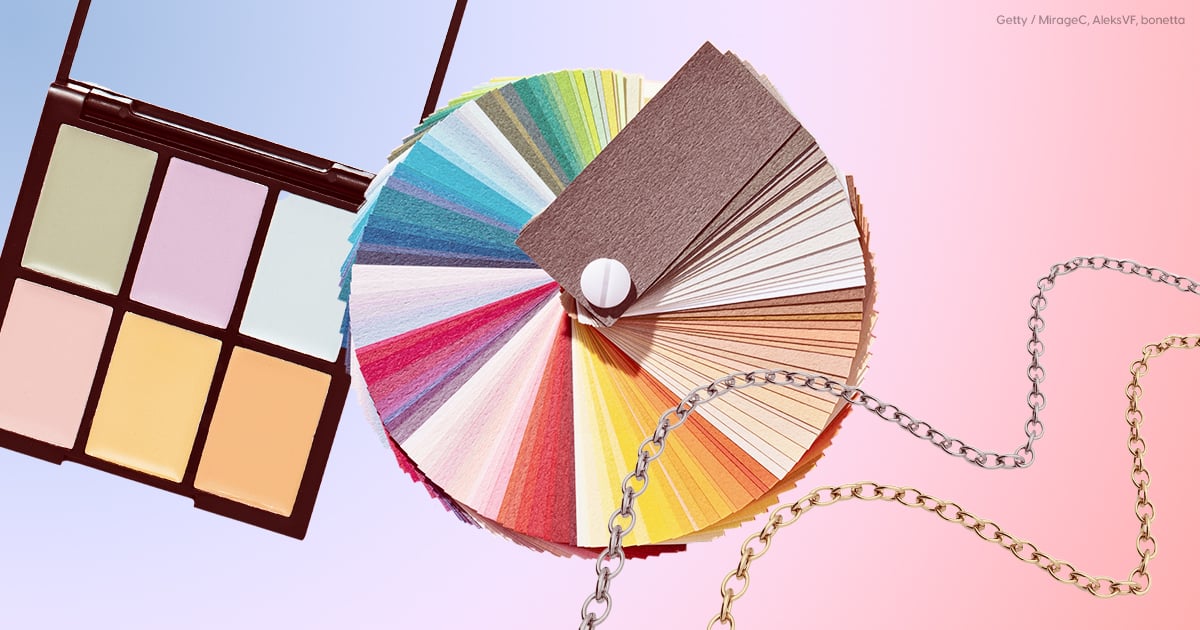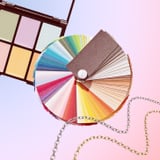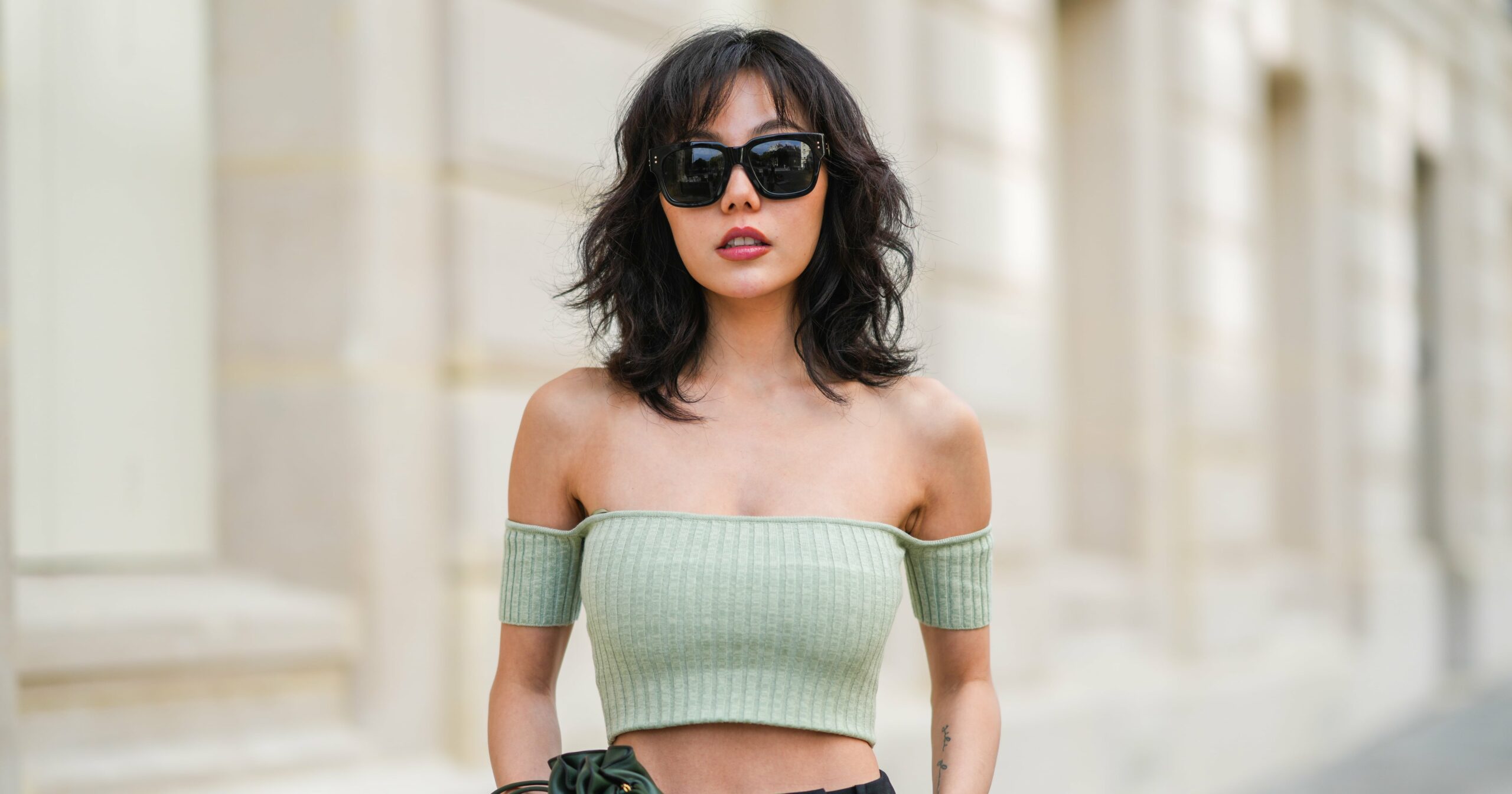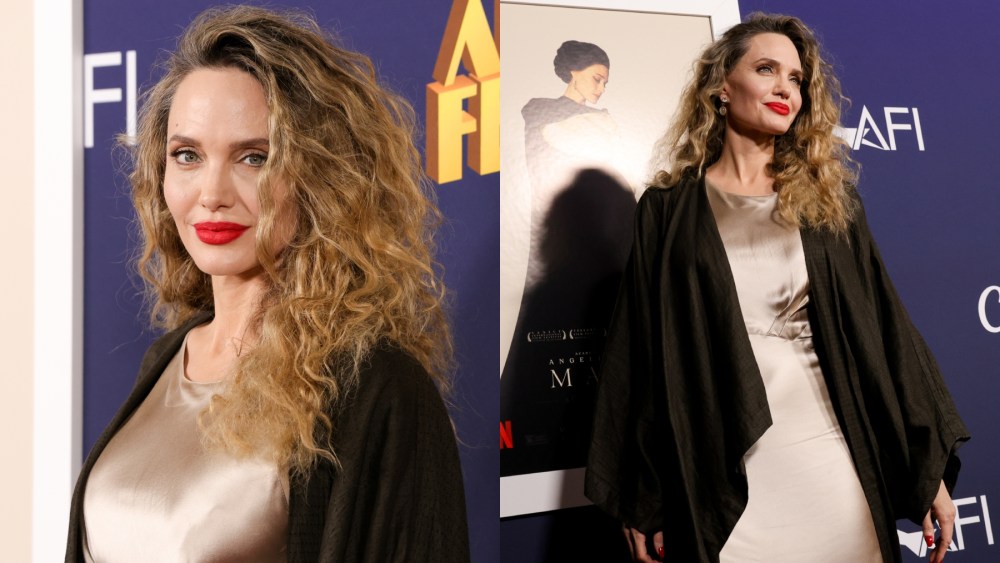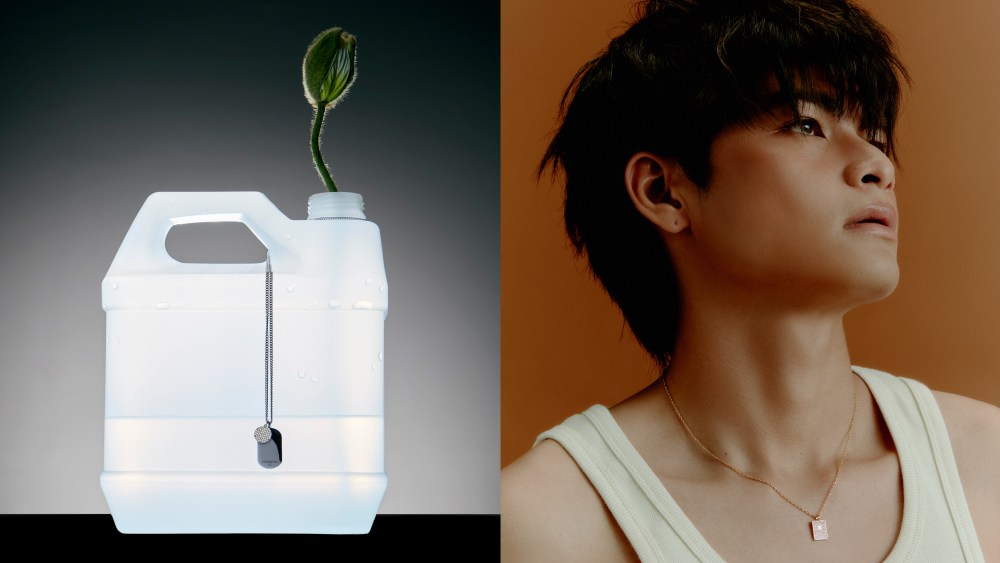When Val Rojas, 31, planned her recent trip to South Korea, she put personal color analysis on the agenda. She’d been compelled by influencers to look into the service. “The Instagram algorithm and the TikTok algorithm of what to do in Korea – this is the hot new thing,” she says, laughing. “I want to do the hot new thing.”
Personal color analysis is based on an 1980s trend that groups people into seasons – winter, spring, summer, or autumn – based on their hair and eye color and skin tone. Folks are deemed either warm or cool, which depends on undertones in the skin and can be affected by factors like dark circles, wrinkles, or freckles. In the 1980s, Carole Jackson published “Color Me Beautiful,” explaining the theory and commercializing it for the masses.
Like so many other ’80s and ’90s trends, color analysis has gotten a second life thanks to social media. It’s been popular since before the pandemic in Korea, which some consider the world’s beauty capital. So much so that it’s fueling a tourism boom and launching careers for color analysts, according to Bloomberg.
“Color analysis was popular and briefly had a moment in Korea about a decade ago, but it was considered too expensive at the time and not commonplace,” says Sohee Baek, 35, the founder of Color Society in Hongdae, Seoul, which services 350 to 400 visitors every month. She attributes the interest to the popularity of Korean dramas, K-pop, and K-beauty globally.
Google Trends shows searches for “personal color analysis” peaked this past July, with “personal color analysis Korea” as the top related query – in English.
Case in point: a vlog of Blackpink’s Jisoo showing her color analysis results has drawn 2.8 million views on YouTube. Members of the boy group Monsta X also documented their personal color analysis experience, which garnered more than 800,000 views.
“Social media – especially TikTok – has really made the service go universally viral.”
“It regained its popularity [in] 2020, and I think societal lockdown due to COVID-19 encouraged individuals to focus on [themselves],” Baek theorizes. “Maybe this was a reason why all kinds of personality tests, such as MBTI [Myers-Briggs Type Indicator] – a topic of constant conversation amongst Korean celebrities – were prevalent at the time. Now, MBTI and personal color have become ice-breaking topics in the daily life of Koreans as many beauty YouTubers and brands cover . . . them in their sales and marketing content.”
Since this past July, the majority of Baek’s clients have been foreigners. The top three countries they’ve traveled from are Singapore, America, and Australia, but she has also had clients from Mexico and as far away as Uruguay. Her appointments open two months ahead on the 26th of every month and fill up almost instantly, she says.
The service is generally cheaper – and more common – in Korea, with prices ranging from about $75 to $250, whereas individual sessions in the US generally range from $200 to over $500. Rojas says when she looked into it in LA, it was about $200 per session. At LA’s Omyo Color Studio, it costs $260 for two people and $190 for an individual session. Owner Haejin Suh was recently trained in Korea.
But social media – especially TikTok – has really made the service go universally viral, especially as fans of K-pop, K-beauty, and K-dramas add it to their itineraries while visiting Korea and share with their followers. It also fits in with a growing beauty arbitrage in which Americans are going to South Korea for plastic surgery and skin procedures like Botox and laser treatments, where they are often more advanced and affordable.
Rojas went to Korea in October and recommends getting personal color analysis as a group to cut down on costs, discuss feedback, and share an experience while traveling.
She and two friends each paid about $90 (which included an English translator for an extra $50) at Moodcollect in Seoul’s upscale Gangnam district (which is, yes, the subject of the famous 2012 song). If they had gone individually, it would have cost 200,000 Korean won or about $150 for an 80-minute session, rather than the 140 minutes the three shared.
The trio from LA, who all have dark hair and favor black or neutral colors, were surprised at their results – they were expecting to be labeled as falls and look good in warmer neutral colors. Rojas is Mexican American; Sylvia Mejia, 31, is Salvadoran American; and Moon Kim, 27, is Korean American.
Each woman took turns sitting facing a mirror, just as they would be in a hair salon. They then took turns being draped in different multi-colored fabrics that cast an overall effect onto their faces.
“She starts narrowing it down to the colors that match you best and then she keeps flipping back and forth so we can see everyone’s reaction,” Kim explains. “It was funny because she also mentioned our reactions were so American because Korean people wouldn’t normally react, and we’re very, very animated. Very expressive.”
Kim, who has fair skin and rosacea, turned out to be a cool winter, and saw how the cooler tones helped tamp down the redness in her skin.
All three Angelenos were surprised to hear they should wear silver over gold jewelry, which Rojas admits she probably wouldn’t embrace, given how popular gold jewelry is in Latin culture.
They also wondered if a cultural element affected their results. In South Korea, for example, clear, fair, and flawless skin is the beauty ideal.
“I felt like it was trying to make us paler,” says Mejia. “Like, [they said] this makes you look paler, so it’s better. Which is also kind of like a Latino thing. They don’t want you to be too dark.”
Rojas was likewise shocked to hear that fuschia wasn’t a flattering color on her, because she’s frequently complimented when she wears the shade in LA. She wondered if that was a cultural bias at play about what’s considered feminine and wanting to draw attention to oneself.
When asked about cultural biases affecting results, Moodcollect owner Choi Soyoung, 30, says that it comes down to individual preference: “Some people like very vivid and colorful styling, while others prefer soft styling.” About half of her clients are from overseas, she adds: America, Vietnam, Singapore, Malaysia, and the United Arab Emirates.
While enlightening, the analyses didn’t compel any of the group to immediately revamp their wardrobes or looks. But they’re slowly integrating some suggestions that they found helpful.
“I’ve always liked cool-toned makeup. So while I was in Korea, that’s what I bought, mostly. So I did implement that part,” Mejia says. She explains the experience made her more cognizant of the colors she chose going forward; maybe she’ll buy pastel and cool tone cardigans and other outerwear in the spring, which would be easier to integrate with accessories like scarves to break up her wardrobe of black, neutrals, and gold jewelry.
In the US, the trend is still growing in popularity. Suh, the owner of Omyo Color Studio, says she noticed an uptick in bookings in the past couple of months due to group events and the holiday season. She added that almost all of her clients say they found her via TikTok, Instagram, or friends and family.
Los Angeles-based image consultant Rayne Parvis has always offered the service, but says that in the past two months, demand has been so overwhelming she just ordered new drapes. Parvis charges $475 for a virtual analysis and includes it in her $1,650 overall styling package.
She credits the uptick in interest to TikTok as well as Savannah Guthrie and Hoda Kotb getting analyzed on the “Today” show in January. She also noted the appearance of new digital apps that have brought the trend back.
“Back in the day, we carried around color drapes; now, for less than $10, you can download an app that will do it for you,” Parvis says.
But do digital results hold up against live analysis?
“Certain skin tones are really easy; you’ll ultimately get the same result across the board,” she explains. “For some people, image consultants across the board will be split – kind of like the dress on the internet a few years ago. For example, Angelina Jolie. Half of consultants will see her as soft autumn, half will see her as dark winter.”
Now back in LA, Rojas hopes to repeat the experience locally, to see if the results are consistent. “I would be really interested to see the difference based on the Western thought process. And then also the weather. I feel like it makes a big difference if you’re in a place that is very overcast,” she says. But, there’s still an obstacle here in the US: “It’s just so expensive.”
